 spieth12@spiethstorage.com
spieth12@spiethstorage.com +86 18006010205
+86 18006010205
-
 Tel : +86 18006010205
Tel : +86 18006010205
-
 E-mail : spieth12@spiethstorage.com
E-mail : spieth12@spiethstorage.com
-
 Address : Tongan Park, Tongan District, Xiamen, China 361023
Address : Tongan Park, Tongan District, Xiamen, China 361023
Heavy duty double deep pallet racking system for warehouse
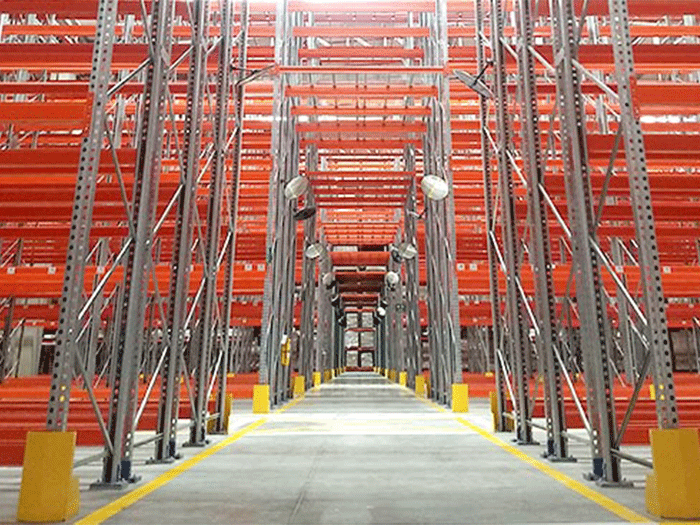

Double depth racking is a type of racking that uses scissor forklifts to design the racking into double rows for side-by-side storage, characterized by: high warehouse utilization, better selectivity, special forklifts, aisle size designed like APR, widely used in the paper industry, plastic products industry.
What is double deep pallet rack?
Heavy duty double deep pallet racking series is derived from heavy-duty beam racking with easy structure and high storage capacity, thus effectively relieving the storage requirements that cannot be met by ordinary beam racking and doubling the stocking capacity of ordinary beam racking. Double depth shelving is widely used in tobacco, food and beverage, packaging and other industries. The specifications of these racks can be changed according to the needs of customers.
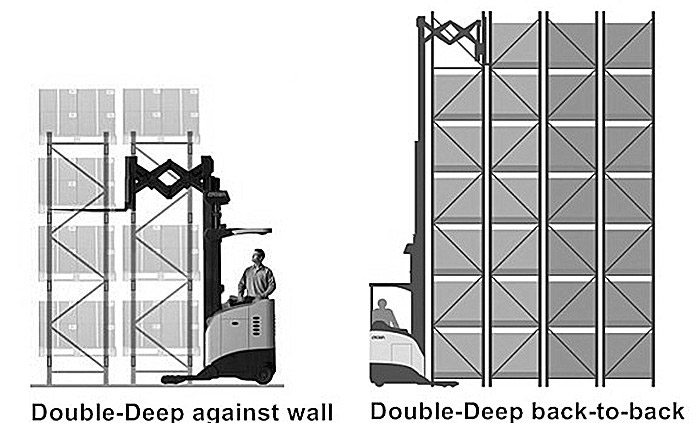
Features of double deep pallet rack
1. The beam height is low, and the operating height can reach 8 meters.
2. Medium inventory flow, providing 50% selectivity.
3. It is suitable for warehouses with low pick-up rate, and the ground utilization rate can reach 42%.
4. Double-depth shelf series is derived from heavy beam shelf, which has simple structure and high storage capacity.
5. Effectively alleviate the unsatisfied storage requirements of the common beam-type shelf, and increase the inventory by one time compared with the common beam-type shelf.
6. Special forklifts are required.
7. The forklift passage needs to be about 3.3 meters.
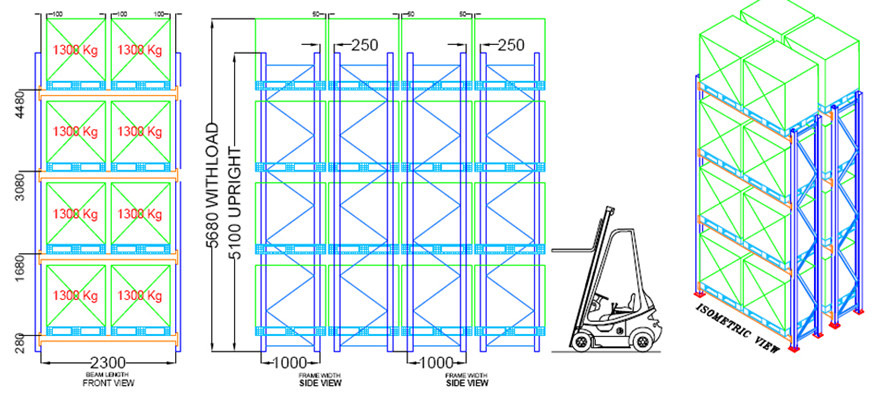
8、In the same area of the warehouse, compared with the single-deep shelving, because it is 4 groups of shelves side by side, reducing the location of the channel, each storage line can store more than double the number of pallets, so the inventory is greater than the single-deep shelving.
9、Since there are two rows of goods in the direction of stacker fork pickup, it is necessary to use special forward stacker (some are called three-way forklift), and the stacker fork generally adopts 5 levels of forks.
10、For the access of the back row of goods, it is the same as the drive-in rack. Only the front row of corresponding goods can be taken away or shifted before access operations, the shelves are difficult to do first in first out, in order to improve the utilization rate of the warehouse, the general inventory needs to consider the first storage of the back row of shelves, after the storage of the front row of shelves.
11, when the goods are shipped, as far as possible before and after the row of goods out of a one-time, if not a one-time out of too many cases, may affect the utilization rate of inventory or warehouse operations efficiency (need to often reverse the operation).
12、The construction cost per bay is the lowest cost of all three-dimensional warehouse systems in a racking system.
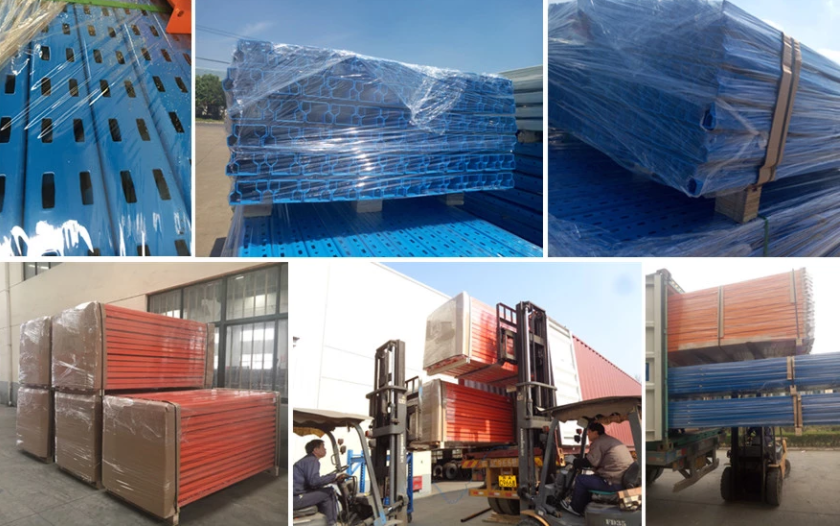
-
Do you offer samples available?Yes, samples are available. Sample lead time 3-5days generally.
-
Do you offer custom design?Custom design is surely available. we have very rich experience in customizing shelves.
-
What is the term of payment?Regularly, 30percentTT in advance,70percent against the copy of B/L.
-
What is your delivery time?Usually: 1*20' GP container, around 15 days; 1*40'GP container, around 20days; For some urgent orders,will adjust as your requirement accordingly.
-
Are you manufacturer or trading company?We are manufacturer. Our factory has been specializing in warehouse storage equipments for years. We warmly welcome you to visit our factory at anytime.
-

-
 +86 18006010205
+86 18006010205 -
 +86 18006010205
+86 18006010205
 0
0







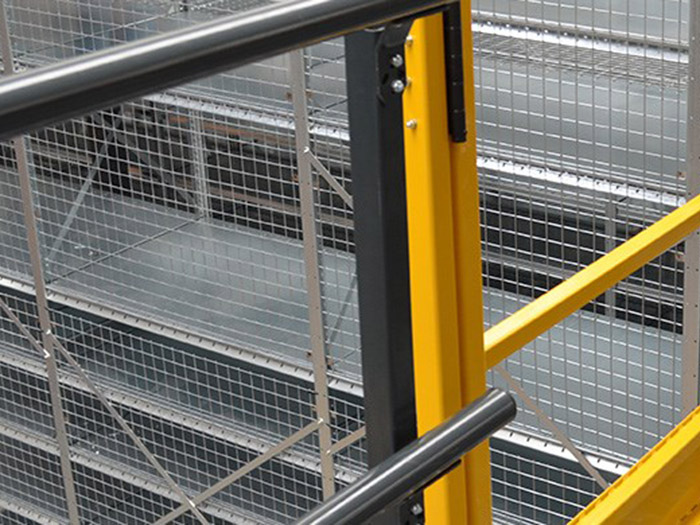
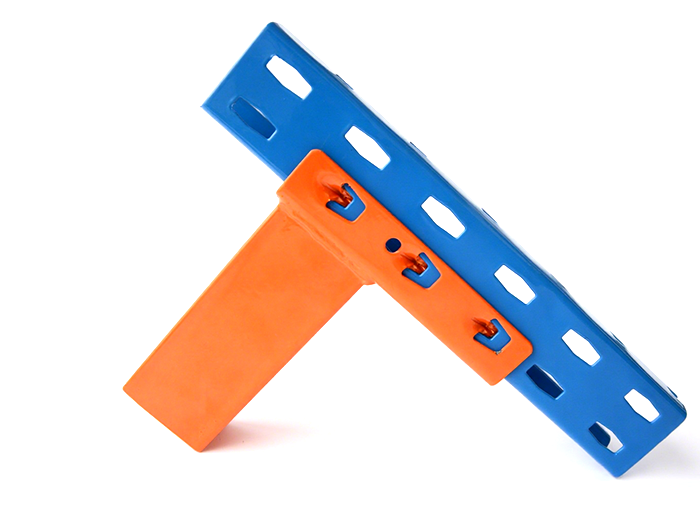
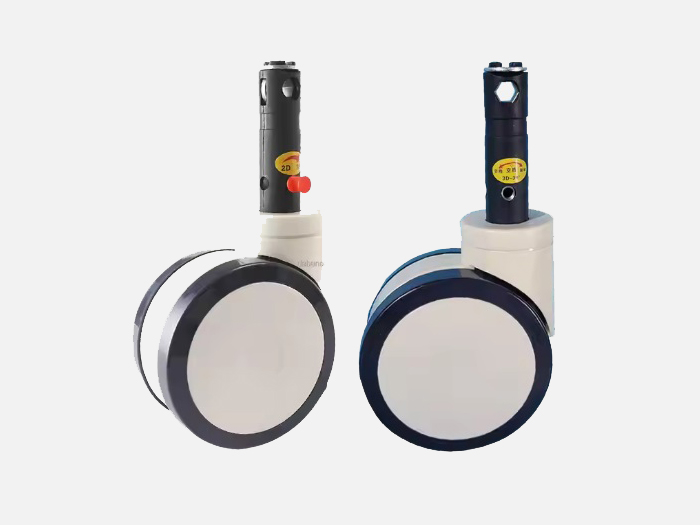

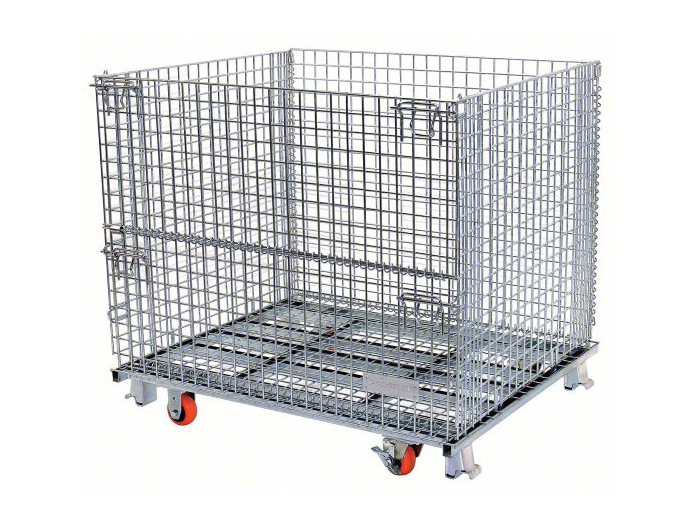


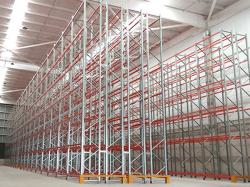
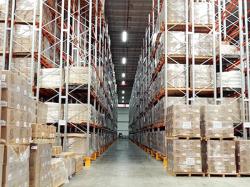



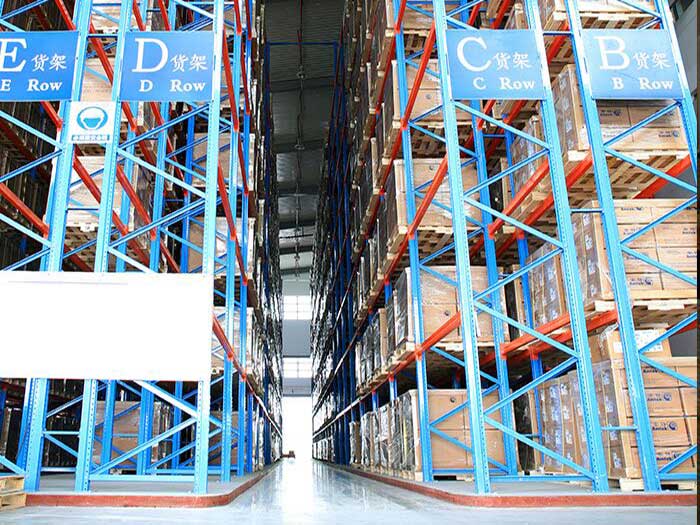

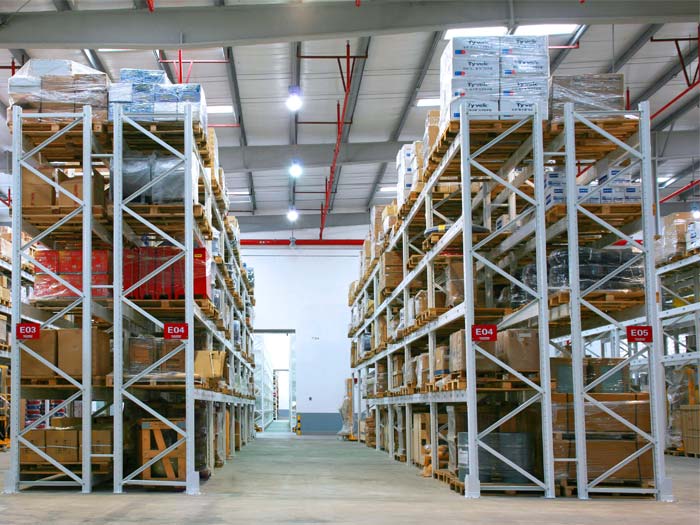
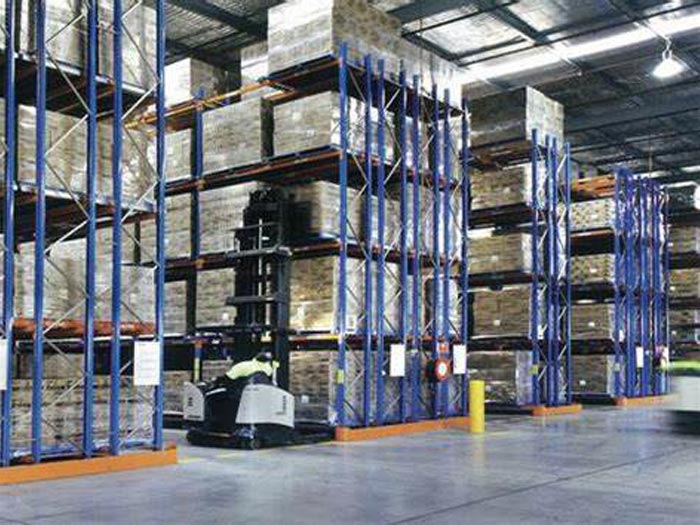
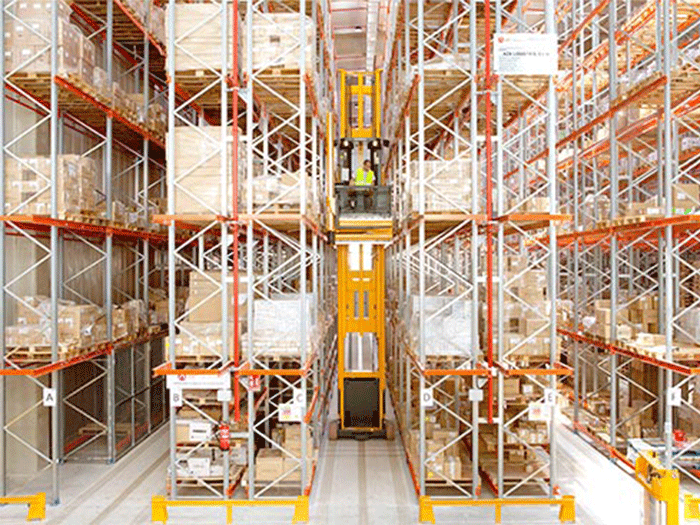
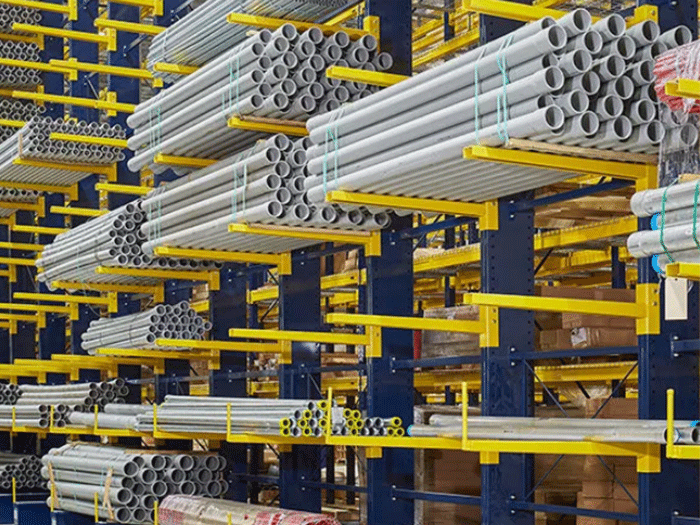






 link:
link:




